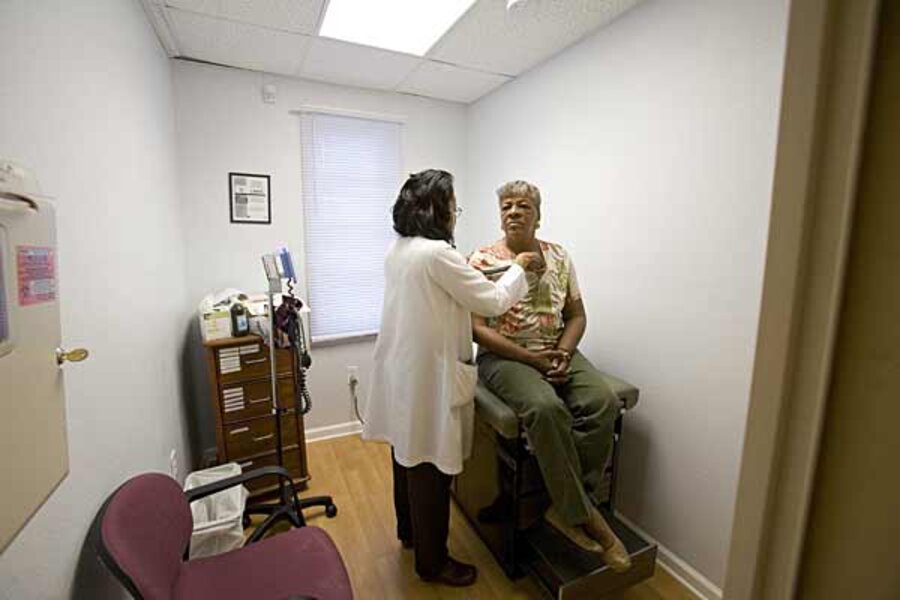Katrina devastated public health services throughout New Orleans by initially shutting down 13 of its 16 hospitals, including Charity Hospital, the storied public facility serving the poor and disenfranchised for over 200 years. Immediately following the storm, community, state, and local policymakers helped bring about reform through a framework that focuses on prevention, by expanding community clinics throughout the poorest areas, and quality, through funding efforts that bring the best talent and technology to everyone.
The reform effort was made possible through a collaboration of private and public interests led by the Louisiana Department of Health and Hospitals that restructured not just the delivery of health services throughout the city, but how it was financed and operated. With $100 million in startup grant money from the US Department of Health and Human Services, the state developed a network of 25 neighborhood health-care providers running nearly 90 clinics that received funding based on the specific needs of the at-risk population they serve.
As a result, facilities expanded, the best and brightest clinicians were recruited, and access to quality health care subsequently increased for low-income and uninsured people. According to Brookings, less than one-third of respondents in a January 2010 survey reported they lacked health care due to cost, compared to 41 percent of adults across the US. Additionally, 38 percent more people received primary care in New Orleans between Sept. 2009 and March 2010 than the same time period two years earlier.
The future for the clinic system looks bright: On Thursday, the US Department of Housing and Urban Development announced money from its Disaster Community Development Block Grants can be used for the clinics, which will cover the $30 million needed to operate the system each year.
“These clinics are now neighborhood anchors that support one in five residents of the greater New Orleans area and provide valuable health services to a large proportion of working families and the uninsured,” said Louisiana Sen. Mary Landrieu (D.) said in a statement.





